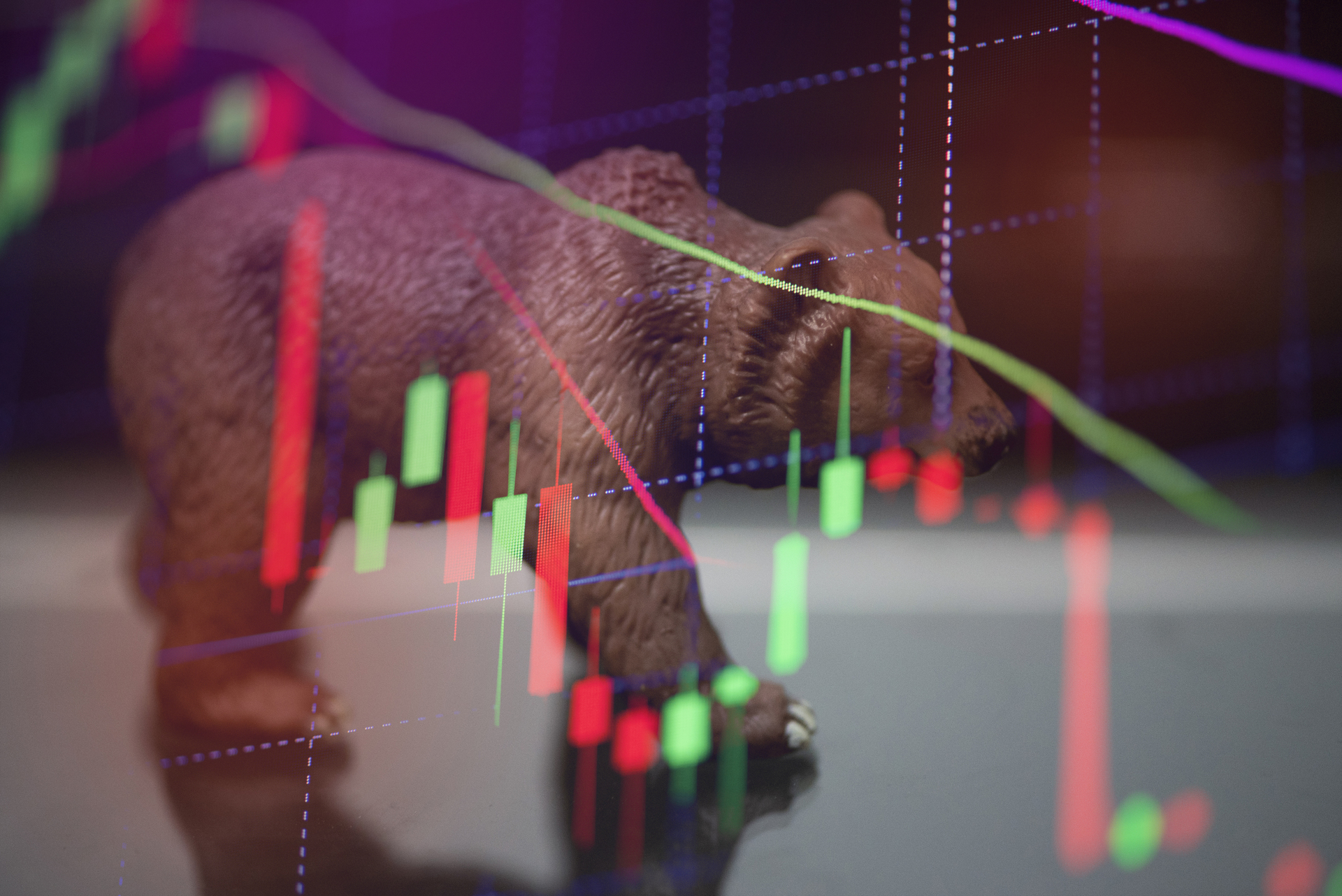How Bear Markets End

Bear markets, characterized by a sustained decline in stock prices, can be unnerving for even the most seasoned investors. But like all market cycles, bear markets eventually come to an end. Understanding how bear markets end can help investors make informed decisions about their portfolios.
- Valuation
One factor that can contribute to the end of a bear market is valuation. As stock prices fall, they may eventually become undervalued. This means that the stock price is lower than what the company is worth based on its earnings, assets, and other financial metrics. When this happens, investors may start to see the stock as a good value and begin buying it again, which can help stabilize the market.
- Economic indicators
Another factor that can signal the end of a bear market is an improvement in economic indicators. For example, as the economy recovers from a recession, employment may start to pick up, consumer spending may increase, and interest rates may start to rise. These positive indicators can give investors confidence that the worst of the market decline is over, and that the economy is on the road to recovery.
- Government intervention
Governments and central banks can also play a role in ending bear markets. For example, during the financial crisis of 2008-2009, the US government and the Federal Reserve took several steps to stabilize the economy and financial markets. They injected capital into struggling banks, cut interest rates to historic lows, and implemented stimulus programs to encourage spending and investment. These measures helped turn the tide of the bear market and eventually led to a sustained period of economic growth.
- Investor sentiment
Finally, investor sentiment can also be a factor in ending bear markets. When investors become excessively fearful and start selling off their stocks, this can create a self-perpetuating cycle of declining prices. However, as more investors start to see value in the market and become less fearful, they may start buying again, which can help push the market back up.
In conclusion, bear markets can be stressful and unpredictable, but they do eventually come to an end. Understanding how bear markets end can help investors stay the course and make informed decisions about their portfolios. By keeping an eye on valuation, economic indicators, government intervention, and investor sentiment, investors can get a better sense of when the market may be poised for a recovery. While no one can predict the future, understanding these factors can help investors feel more confident and better prepared for whatever the market may bring.

